Three questions that reduce change resistance
Photo by Towfiqu barbhuiya on Unsplash
When your organization is embarking on a big transformative change, like a merger, acquisition, reorganization, or digital transformation, one of the biggest fears I hear about from sponsors is resistance to change.
Last week, we talked about the concept of personal resistance. Truthfully, when you’ve done a good job of managing resistance in your initiative, personal resistance should really be at a minimum by the time you are implementing change. But how do we get there?
Keep in mind, one aspect of resistance is personal, the other is organizational.
At Connected Change ™, we think of resistance more like friction. When you’re trying to manage resistance in the organization, it is all about looking for the points of friction, and eliminating them, or reducing them as much as possible.
But how do we do that? Other change practitioners will say “involve the people” and “manage resistance early” but when you press them on details, it is very unclear how they do that. What does involving people look like? When is early in an initiative? This is where the practice of change management can use more rigor and repeatable frameworks. This is where Connected Change ™ can help you.
In this article I talked about the top 3 causes of change resistance and describe them in detail. Below, we will take these ideas and detail practical ways to address change resistance early. But what does “early” actually mean, and what exactly are we doing to involve stakeholders and manage resistance?
Its all about the DESIGN phase
Connected Change ™ has a 4 phase implementation framework for the design and delivery of organizational change. Our framework tells you HOW to involve stakeholder at every step.
In the DESIGN phase, you will involve stakeholders to identify FRICTION points in the organization with the change before the implementation of the change has even started. Instead of just “involving people” for feedback, you will be asking very specific questions about the change. This helps everyone focus on the task of designing a great implementation, rather than a “listening tour” for feedback that ultimately does not address the root causes of friction. (stay tuned for next week’s article on why listening tours don’t work).
Remember, we are staying in the design phase! Here are three questions that you can ask to help you manage resistance to change in your organization:
1. Where will the proposed change cause friction?
This is where we enlist stakeholder to help us identify the main sources of organizational resistance. Identifying where the friction points are, is the first step.
2. Why will the change create friction?
This question helps us get to the root cause of the potential friction. Understanding why friction is anticipated at this point, helps us to determine what is driving this cause of resistance, and what it is related to.
3. What can we do to remove the barriers or reduce the impact of the change?
This is the exciting part! Here we ask stakeholders to participate in the design of solutions that will help us get at the root causes of resistance and remove the friction before we get to implementation!
This process of managing organizational resistance creates trust, increases participation in the change and helps to reduce the impact of personal resistance later, during the implementation phases of the change. The Connected Change ™ approach is all about connecting people with change throughout implementation and harnessing the unique connections and relationships that make our organizations thrive. Change can ultimately be a catalyst for greater organizational cohesion and using this approach will lead to successful and sustainable change.
If you liked this post, you’ll find more from us in our monthly Navigator Newsletter. We share exclusive content and free resources with our subscribers. Don’t miss out, sign up today!
We also have a weekly podcast - Listen to the Change Course podcast on your favourite podcast app!

